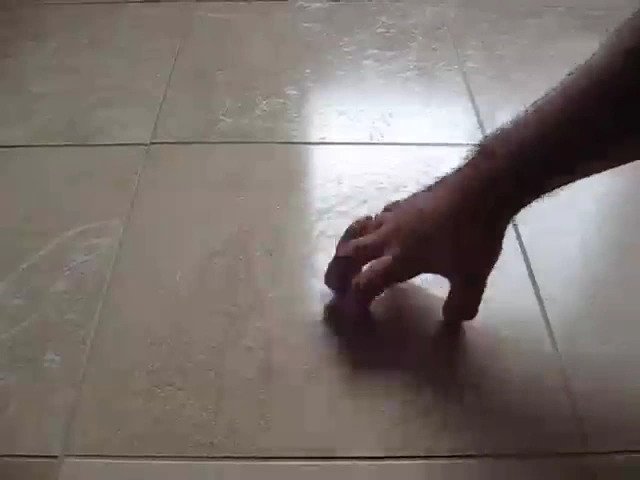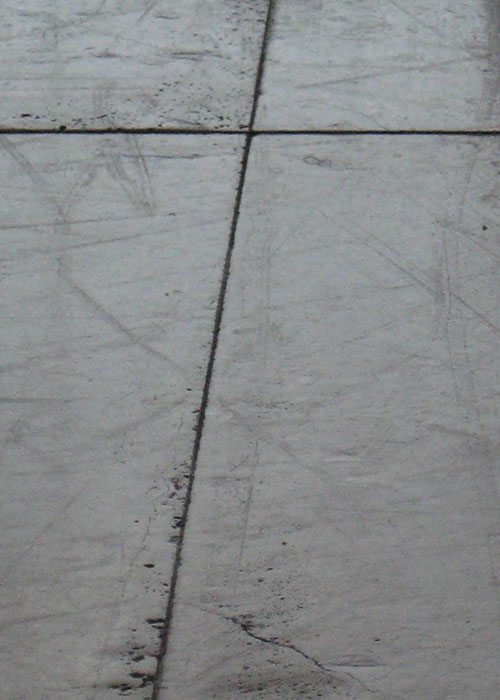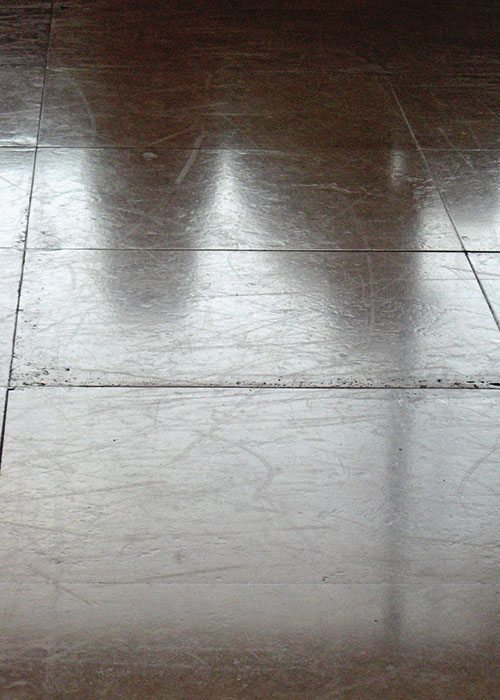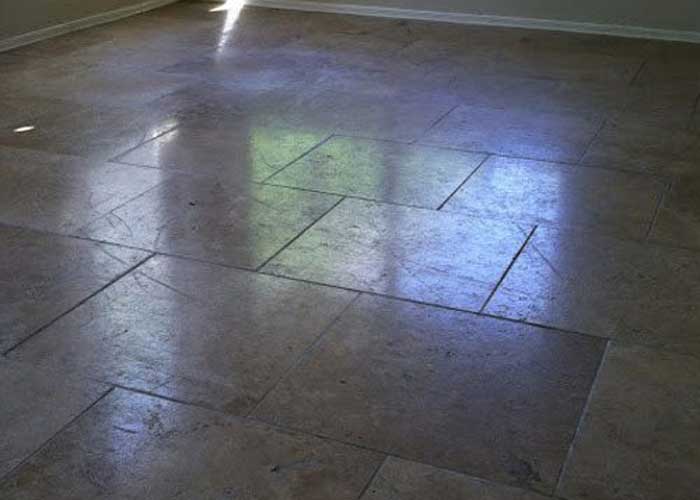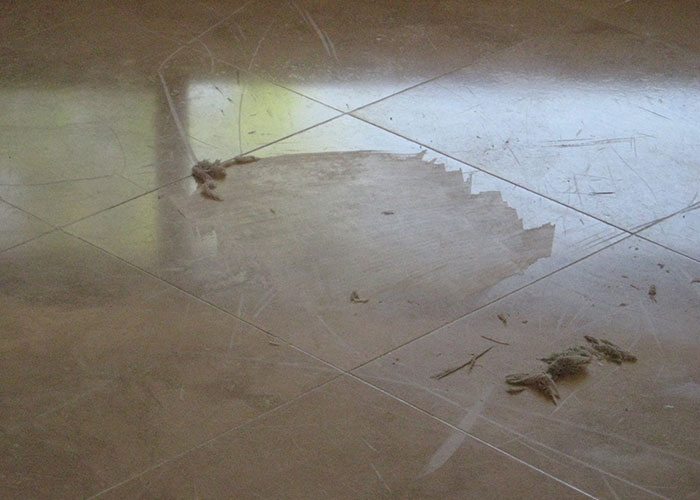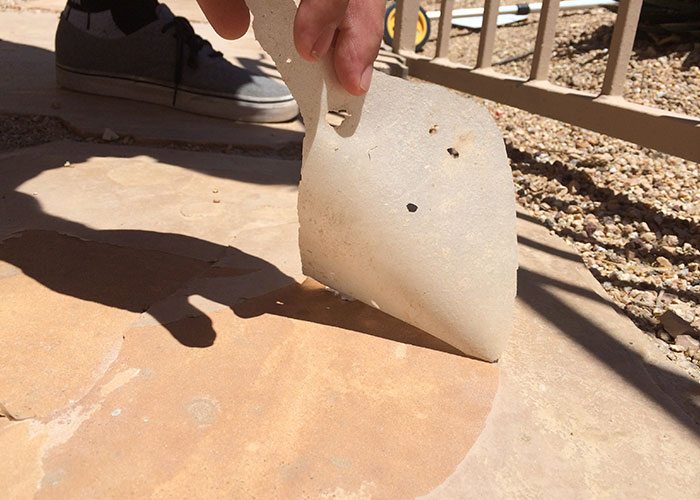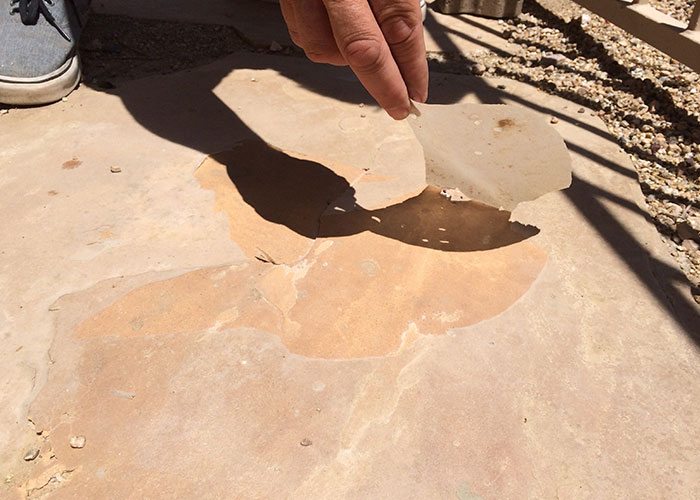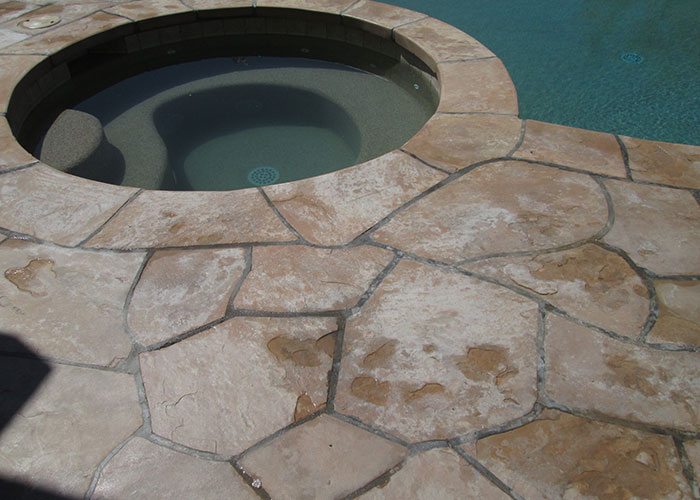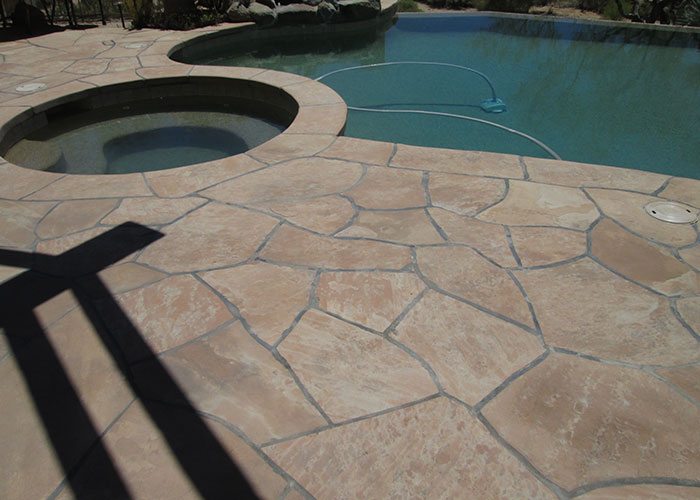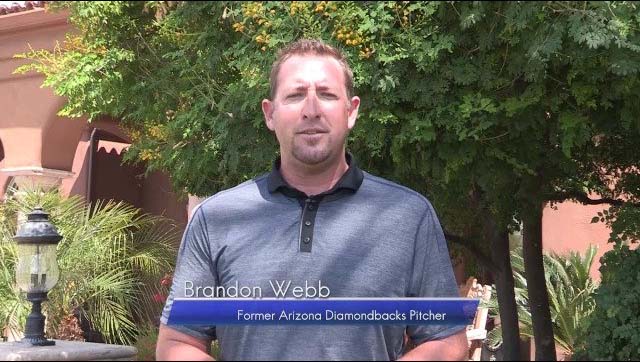FIRST LET’S CLARIFY THE TWO TYPES OF SEALER FOR STONE:
- Penetrating or Impregnating SealersDesigned to penetrate the pores of the stone and prevent liquids from soaking into the stone. Helpful in keeping liquids out and lessen the severity of etchingWhen an acidic solution comes in contact with the stone, a dull spot is the result. The acid “eats” the stone leaving dullness, or etching behind. Penetrating sealers help to reduce severity of etches, but cannot eliminate them. Depending on acidity, some liquids can etch immediately, such as wine, where milder acidic solutions may not etch with proper penetrating sealing. More, but will not prevent etchingWhen an acidic solution comes in contact with the stone, a dull spot is the result. The acid “eats” the stone leaving dullness, or etching behind. Penetrating sealers help to reduce severity of etches, but cannot eliminate them. Depending on acidity, some liquids can etch immediately, such as wine, where milder acidic solutions may not etch with proper penetrating sealing. More. This type of sealer will not alter the appearance of the stone in any way if applied properly.: common in the industry, they are intended to SOAK INTO THE STONE and leave no trace. They have no visual impact on the stone unless over applied. Penetrating sealers will slow water absorption and minimize severity of etches. But they do not make your stone waterproof or etch proof.
- Topcoat SealersDesigned to lay on top of the stone and change appearance ranging from a low to high shine. Prevents liquids from soaking into the stone. This type of sealer is prone to scratching, dulling and peeling. Regular maintenance is required to keep the sealer intact and looking good. / CoatingAny sort of topcoat sealer, including enhancers that are over-applied, causing a buildup on the surface. Sealers: also common in the industry, this type is thicker and lays ON TOP OF THE STONE and does not penetrate. Useful for only certain type of stone (see below) they can be very problematic. Shiny and prone to scratching, fading, peeling they can be hard to maintain and once faded, obscure the true colors and beauty of natural stone.
IF YOU HAVE… TRAVERTINE, MARBLE, LIMESTONE, ALL OUTDOOR STONE PATIOS
Topcoat Sealers Are Bad!
These types of stones inside and all outdoor stone surfaces should never be coated with any type of acrylics, wax, or any topcoat sealer. The coatings will scratch, peel, bubble, fade and discolor. They lend to a very plastic look to what should be a beautiful stone floor. Outside, the Arizona heat will destroy topcoat sealersDesigned to lay on top of the stone and change appearance ranging from a low to high shine. Prevents liquids from soaking into the stone. This type of sealer is prone to scratching, dulling and peeling. Regular maintenance is required to keep the sealer intact and looking good. More in no time and they will look grey or whitish. Coatings can be difficult to remove and we have found some floors to have multiple layers of different type of sealers. Each layer may need a different process and/or chemical stripper to remove it.
Topcoat sealersDesigned to lay on top of the stone and change appearance ranging from a low to high shine. Prevents liquids from soaking into the stone. This type of sealer is prone to scratching, dulling and peeling. Regular maintenance is required to keep the sealer intact and looking good. More can be difficult to remove and we have found some floors to have multiple layers of different type of sealers.
Topcoat sealersDesigned to lay on top of the stone and change appearance ranging from a low to high shine. Prevents liquids from soaking into the stone. This type of sealer is prone to scratching, dulling and peeling. Regular maintenance is required to keep the sealer intact and looking good. More can be difficult to remove and we have found some floors to have multiple layers of different type of sealers.
IF YOU HAVE… FLAGSTONE, SLATE, SALTILLO, CANTERA
Top Coat Sealers Inside Only, NEVER Outside!
These types of stone can have coatings inside only. These stones are very rough, hard to clean, and porous. Topcoat sealersDesigned to lay on top of the stone and change appearance ranging from a low to high shine. Prevents liquids from soaking into the stone. This type of sealer is prone to scratching, dulling and peeling. Regular maintenance is required to keep the sealer intact and looking good. More are helpful in sealing the pores, making it easier to maintain, and will give shine because these stones cannot be buffed naturally to a shine as can travertine, marble or limestone. Of course, you don’t have to use a topcoat sealer but it is an option if you want some shine. Keep in mind that topcoat sealersDesigned to lay on top of the stone and change appearance ranging from a low to high shine. Prevents liquids from soaking into the stone. This type of sealer is prone to scratching, dulling and peeling. Regular maintenance is required to keep the sealer intact and looking good. More need to be re-applied every couple of years before they wear thin and require stripping.
A very typical view of a faded and peeling coatingAny sort of topcoat sealer, including enhancers that are overapplied, causing a buildup on the surface. More. The whitish stuff is the coatingAny sort of topcoat sealer, including enhancers that are overapplied, causing a buildup on the surface. More, the darker is the flagstone underneath the coatingAny sort of topcoat sealer, including enhancers that are overapplied, causing a buildup on the surface. More.

